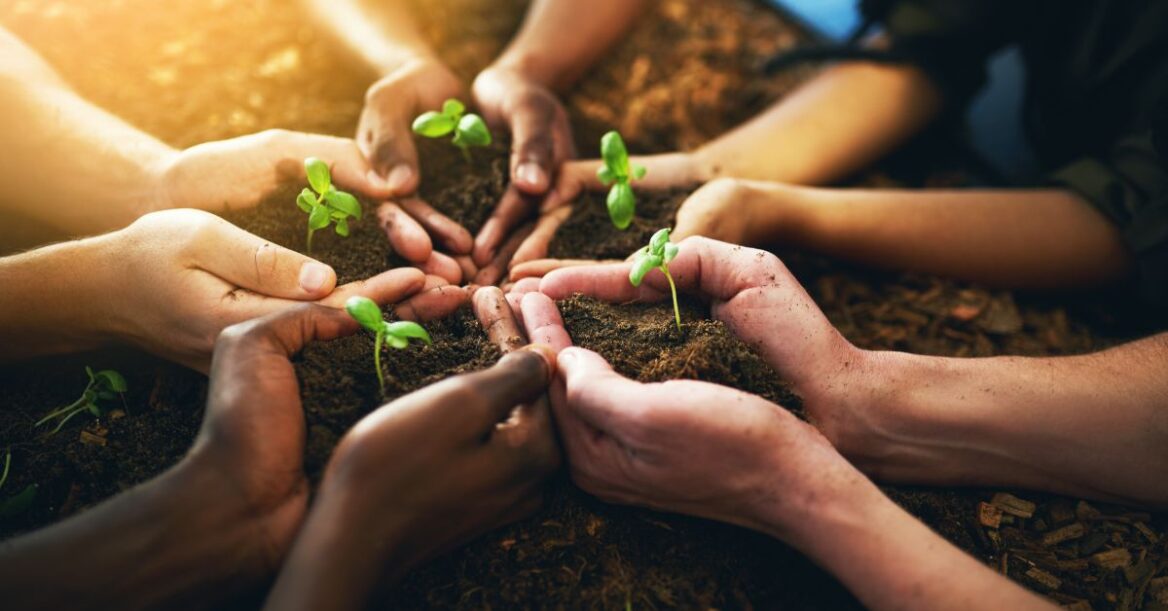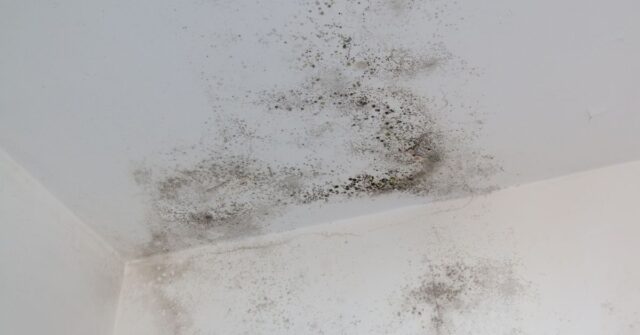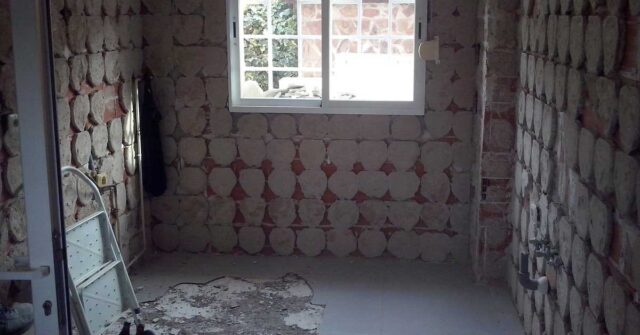Embarking on a home renovation project offers a unique opportunity to integrate environmentally friendly practices and materials.
In Australia, where sustainability is increasingly prioritized, green renovations can not only reduce your carbon footprint but also enhance your living space.
This guide delves into the various aspects of eco-friendly renovations, providing practical advice and innovative solutions.
Introduction to Green Renovation
Green renovation involves rethinking the way we approach the redesign and reconstruction of our living spaces.
It’s not just about choosing eco-friendly materials but also about adopting practices that reduce environmental impact while improving energy efficiency and indoor air quality.
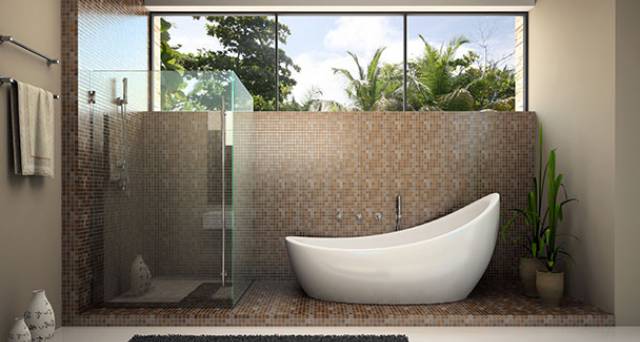
The Importance of Sustainable Building in Australia
In Australia, the building sector accounts for a significant portion of carbon emissions.
Adopting sustainable building practices is crucial in combating climate change and preserving Australia’s unique natural environment.
By choosing green renovations, homeowners contribute to a more sustainable future.
Understanding Green Renovation Principles
Green renovation principles focus on resource efficiency, sustainability, and minimizing environmental impact.
This includes using renewable and recyclable materials, reducing energy and water usage, and ensuring indoor environmental quality.
Assessing Your Renovation’s Environmental Impact
Before starting a renovation, it’s vital to assess the potential environmental impact of your project. This includes considering the lifecycle of materials and the overall carbon footprint of the renovation process.
Calculating the Carbon Footprint of Renovation Projects
To calculate the carbon footprint of your renovation, consider factors like energy usage, transportation of materials, and the production processes of the materials you choose.
Many online tools are available to help Australian homeowners estimate this.
Tools and Resources for Environmental Impact Assessment
There are various tools and resources, including online calculators and environmental rating systems, that can guide you in assessing the impact of your renovation project in Australia.
Utilizing these can help in making informed decisions.
Sustainable Building Materials
Choosing sustainable building materials is at the heart of green renovations.
These materials are either sourced from sustainable supplies, are recycled, or have a low environmental impact in their production and disposal.

Recycled and Reclaimed Materials
Using recycled and reclaimed materials not only reduces waste but also adds unique character to your home. In Australia, there’s a growing market for reclaimed timber, recycled glass, and metal.
Eco-Friendly Insulation Options
Effective insulation is key to energy efficiency. Options like sheep’s wool, recycled denim, and cellulose are sustainable alternatives to traditional fibreglass insulation.
Sustainable Timber and Alternatives
When selecting timber, look for options certified by the Forest Stewardship Council (FSC) or similar bodies. Bamboo and composite materials can also be good eco-friendly alternatives.
Green Flooring Solutions
Eco-friendly flooring options include bamboo, cork, and reclaimed wood. These materials are not only sustainable but also offer durability and aesthetic appeal.
Energy Efficiency in Renovation
Improving energy efficiency is a key goal in green renovations. This not only reduces your carbon footprint but also can significantly lower energy bills.
Installing Solar Panels
In sunny Australia, solar panels are a great investment. They reduce reliance on fossil fuels and can even provide a return on investment over time through reduced energy bills.
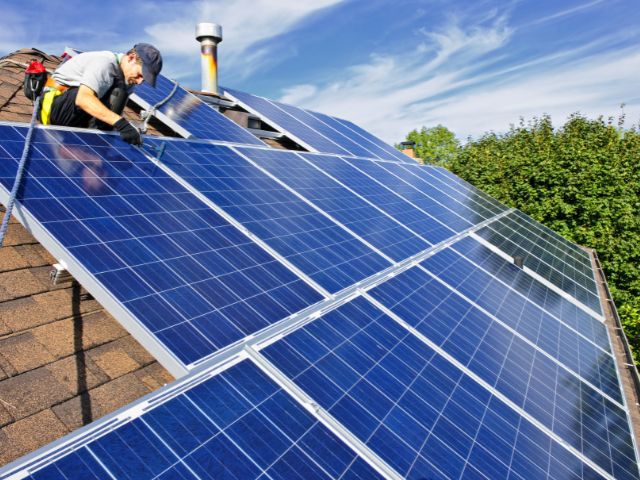
Energy-Efficient Windows and Doors
Upgrading to energy-efficient windows and doors can greatly reduce heat loss and gain, leading to lower heating and cooling costs.
Smart Home Technologies for Energy Saving
Smart home technologies, such as programmable thermostats and LED lighting, can greatly enhance energy efficiency in Australian homes.
Water Conservation Practices
Water conservation is crucial in Australia, a continent often facing drought conditions. Implementing water-saving practices in renovations is both environmentally and economically beneficial.
Water-Efficient Fixtures and Appliances
Installing water-efficient fixtures like low-flow toilets and showerheads, and choosing water-efficient appliances can significantly reduce water usage.
Rainwater Harvesting Systems
Rainwater harvesting systems can be a valuable addition to Australian homes, reducing reliance on municipal water supplies and providing an eco-friendly water source for gardening and other uses.
Greywater Recycling in Homes
Greywater recycling involves reusing water from baths, showers, and sinks for gardening and toilet flushing, greatly reducing overall water consumption.

Environmentally Friendly Paints and Finishes
Choosing the right paints and finishes is essential for maintaining indoor air quality and minimizing environmental impact.
Choosing Low-VOC and Non-Toxic Paints
Low-VOC (Volatile Organic Compounds) and non-toxic paints reduce the release of harmful chemicals, improving indoor air quality and reducing environmental harm.
Natural Wood Finishes and Stains
Natural and low-VOC wood finishes and stains are better for the environment and safer for use in homes.
Waste Management During Renovation
Effective waste management is crucial in green renovations. Minimizing, reusing, and recycling construction waste can significantly reduce the environmental impact of your project.
Reducing Construction Waste
Planning your renovation carefully can help minimize waste. Ordering materials accurately, reusing existing materials, and choosing products with minimal packaging can all contribute to waste reduction.
Recycling and Disposal of Renovation Debris
In Australia, many materials from renovation projects can be recycled, including timber, metal, and glass. Proper disposal of non-recyclable waste is also important for environmental protection.
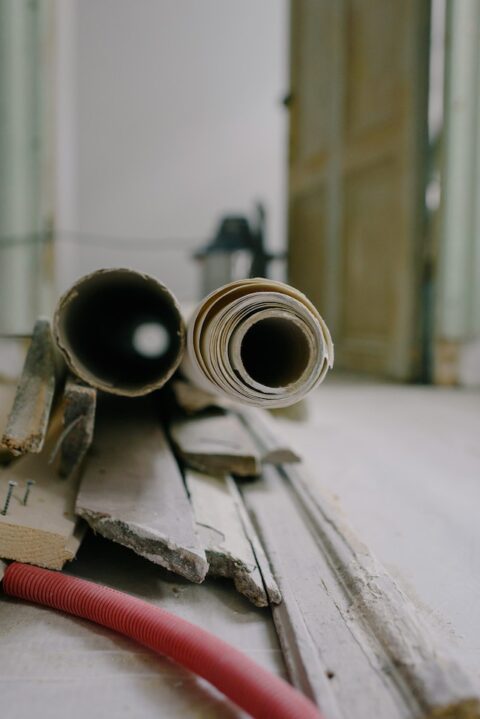
Landscaping and Outdoor Considerations
Green renovations extend beyond the house to the garden and outdoor areas. Sustainable landscaping can enhance your home’s aesthetics while supporting local ecosystems.
Eco-Friendly Garden Design
Creating a garden that requires minimal water and maintenance, yet is thriving and beautiful, is possible with careful planning and selection of appropriate plants and materials.
Native Plants and Drought-Resistant Landscaping
Using native Australian plants in your landscaping not only supports local biodiversity but also reduces the need for water and fertilizers.
Working with Green Contractors and Builders
Selecting the right contractors and builders is essential in ensuring your renovation project is as green as possible. These professionals should have a good understanding of sustainable practices and materials.
Finding the Right Professionals for Sustainable Renovation
Look for contractors and builders in Australia who specialize or at least have experience in green building.
They should be familiar with the latest sustainable materials and technologies and be able to provide advice on how to make your renovation project more environmentally friendly.
Ensuring Compliance with Australian Green Building Standards
It’s important to ensure that your renovation complies with Australian green building standards. These standards are designed to improve the sustainability and energy efficiency of buildings.
Working with knowledgeable professionals can help ensure compliance.

Conclusion: Embracing a Sustainable Lifestyle
Green renovation is more than just a trend; it’s a commitment to a sustainable lifestyle.
By making thoughtful choices in materials, practices, and design, your renovation can contribute to a healthier environment and a more sustainable future in Australia.
Long-Term Benefits of Green Renovation
Investing in green renovation not only benefits the environment but can also lead to long-term cost savings through reduced energy and water bills.
The use of sustainable materials can also improve indoor air quality and overall home comfort.
Encouraging Community Engagement in Sustainable Practices
By adopting green renovation practices, homeowners can inspire others in their community to consider the environmental impact of their building choices.
This collective effort can lead to significant environmental benefits and a more sustainable future for all Australians.

